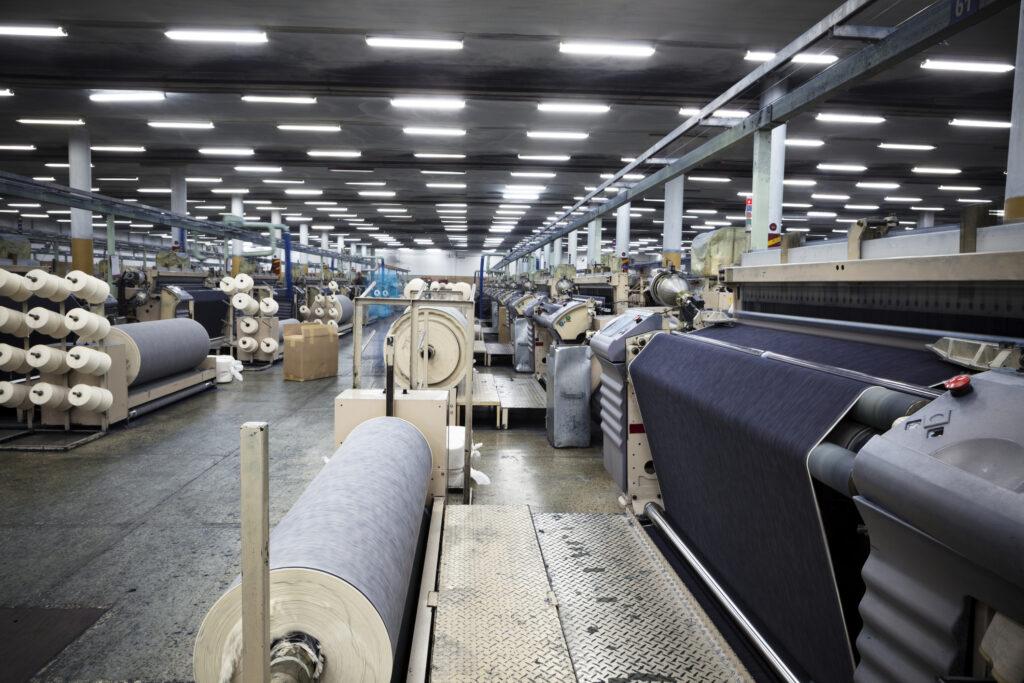The Role of Maquiladoras in Mexico and Global Manufacturing
- Contributor
- Alberto De Lucio
Oct 27, 2023
Within the world of global manufacturing, maquiladoras stand out as a unique component that weaves together international business practices, tax regulations, and trade dynamics, allowing foreign multinationals to set up factories (known as maquiladoras) on Mexican soil. Governed by the Mexican Income Tax Law (MITL), these establishments function as manufacturing hubs, importing machinery, equipment, and inventory on consignment owned by the foreign principal, which allows the maquiladora to engage in manufacturing, assembly, and processing services before exporting the finished products to their principal operating companies (POC) overseas.
Meanwhile, the foreign POCs continue to concentrate efforts in other aspects of its supply chain and business strategies. The continued changes in global trade dynamics and evolving tax frameworks underscore the need for companies to be prepared to pivot as they seek to remain competitive and compliant in a fluid global market. As such, for some organizations, the maquiladora manufacturing model might be a great fit to the actual circumstances, even with the recent changes of compliance in Mexico.
What is a Maquiladora?
At its core, a maquiladora is a foreign-owned entity, often located in border regions. It primarily focuses on manufacturing with machinery, equipment, and inventory on consignment, utilizing the equipment to make products to be exported back to the foreign principal upon completion.
The maquiladora model operates under the Maquiladora, Manufacturing, and Export Services Industry (IMMEX) program, which allows the foreign manufacturers to import raw materials and components into Mexico, duty and VAT free, under the condition that 100% of all finished goods will be exported out of Mexico within the set timeframe. In addition, the IMMEX program aims to modernize the globalization of Mexico’s manufacturing infrastructure by bringing new, specialized technologies and knowledge to the region under a contractual agreement between the POCs and the Mexican maquiladora.
The Evolving Terrain of Maquiladoras
From a business perspective, maquiladoras offer several benefits. They enable companies to capitalize on lower labor costs, favorable trade agreements, and specific tax benefits. However, with these advantages come complexities due to legislation changes, particularly when it comes to compliance in Mexico.
Through the years, maquiladoras flourished as a result of bilateral trade agreements and were often seen as a strategy to boost employment and economic activity in border regions. Over time, their significance in international trade grew, with many global companies establishing maquiladora operations in Mexico to optimize costs and improve supply chain efficiency. However, with growth came increased scrutiny, particularly regarding tax compliance. Historically, maquiladoras enjoyed various options to fulfill their transfer pricing (TP) obligations, but as with any evolving sector, change was inevitable.
A pivotal point in the maquiladora narrative was the 2014 tax reform in Mexico. This reform reduced their compliance options to two primary methodologies: the “safe harbor” approach and the Advanced Pricing Agreement (APA). While the “safe harbor” offered a standardized formula to determine taxable profits, the APA provided a more tailored, company-specific solution. However, a twist in 2022 saw the APA option abolished, leaving the “safe harbor” as the primary means for tax compliance. However, this shift was not without repercussions, as many businesses found the “safe harbor” method resulted in heftier taxable profits.
Business Considerations of Maquiladoras
Businesses operating as maquiladoras face crucial decisions. With the “safe harbor” method as the only compliance route, many are weighing the pros and cons of continuing under this framework. Some considerations include:
Tax Implications: As many asset-intensive maquiladoras have discovered, the “safe harbor” method can be more taxing. Therefore, companies find themselves needing to compare potential tax liabilities under this framework versus other business models.
Operational Adjustments: Switching out of the maquiladora structure or transitioning to a different operational model, like an IMMEX program manufacturer, may offer benefits. However, such shifts require significant adjustments, both legally and operationally.
Strategic Alignment: Beyond immediate implications, businesses must assess how the current maquiladora landscape aligns with long-term objectives, from supply chain optimization to global expansion.
While maquiladoras remain a vital component of global trade and manufacturing, their evolution, shaped by economic factors, trade agreements, and tax reforms, requires businesses to remain informed and proactive. Whether you’re an existing maquiladora operation or considering entering this domain, a thorough understanding and expert guidance will be indispensable in navigating the road ahead. Contact your CRI tax advisor for questions or to delve deeper into strategies tailored to your unique business needs. Their expertise can illuminate potential challenges and opportunities, ensuring you’re well-equipped for the evolving maquiladora landscape.

































































































































































































































































































































































































































































































































